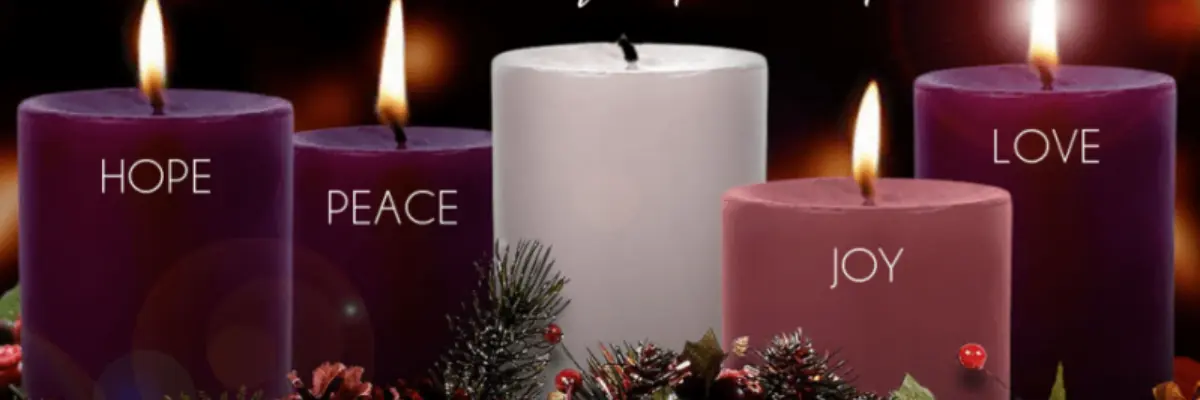This is Pastor Tim’s article which appeared in the Evening Leader on Tuesday, Dec 5, 2023
As we approach the second Sunday of Advent, the lighting of the second candle in the wreath symbolizes the profound concept of peace. In tandem with the first candle representing hope, the combined glow this Sunday acknowledges the integral relationship between hope and peace. It is a reminder that the pursuit of peace requires deliberate effort and a conscious choice—a choice fueled by hope.
Peace is not a passive state or an isolated experience; rather, it demands active engagement. Unlike conflict, which can sustain itself on the energy invested in it, peace requires intentional work. This reality often makes the quest for peace more challenging than engaging in conflict. The effort to maintain peace involves a continuous choice, and motivation for this choice is found in hope.
Conflict in any form, whether physical, emotional, or spiritual, needs a lot of energy to sustain it. Just as a fire extinguishes when heat is dispersed, conflict diminishes when the energy feeding it is extinguished. In the context of war, peace emerges when one side depletes the other, rendering it incapable of further conflict. Similarly, personal conflicts, justified or not, demand energy to persist, making it imperative to recognize and address the sources of that energy.
The age-old saying, “It takes two to fight,” holds true, but the one who controls the flow of energy ultimately controls the conflict. The viciousness of some conflicts arises from both sides competing for control over this energy flow. The question that inevitably arises is: What do we do when faced with someone who initiates conflict, whether it be a family member, a coworker, or even a foreign entity?
Making peace in the face of aggression necessitates a conscious choice, for peace is not automatic when confronted with conflict. While making a stand may be necessary at times, the overarching goal in any conflict should be the pursuit of peace. Even if resolving a conflict peacefully seems unattainable, achieving peace may require sacrifice. The crucial question then becomes: What sacrifice are we willing to make for the sake of peace?
Often, our desire for peace hinges on everyone agreeing with us, an unrealistic expectation in the real world. Choosing peace means navigating the inevitable conflicts that arise in relationships and deciding whether the sacrifice required is worth the peace desired. It’s a decision that may involve difficult conversations on a personal level or, on a national scale, necessitate confronting aggressors.
The value of peace becomes apparent when we consider the alternative—living in perpetual conflict due to stubbornness, pride, or arrogance. Some conflicts may be worth enduring for the sake of principles, but not all are. Losing peace is a high price to pay merely to cling to pride in a conflict that may never find resolution.
Reflecting on numerous conflicts, it becomes evident that, upon stepping away and gaining perspective, many were not as significant as initially thought. This reflection highlights the importance of counting the cost, a task often impossible in the heat of the moment. Hope, represented by the first Advent Candle, serves as the motivation to choose peace whenever possible. Hope and peace are inseparable, a truth beautifully illuminated by the advent season—a season that challenges us to choose the life we want, a life characterized by the committed choice of peace.

